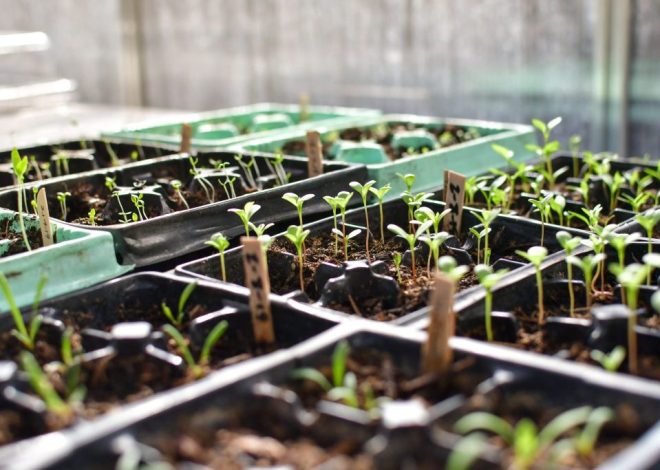
HOW TO CARE FOR THE RED HIBISCUS AND DISCOVER ITS PROPERTIES
Its flowers have spectacular beauty and their medicinal benefits are multiplied. We tell you how to take care of it so that it has a more intense flowering.
The hibiscus, from the Malvaceae family, is a plant from Asia with more than 220 different varieties. It is distinguished by the beauty of its flowers which, depending on the variety, can be single or double. They have a trumpet shape, five petals are red most of the time, although they can also be white, pink, purple, or yellow. The hibiscus is called to be one of the most beautiful shrubs in your garden.
Some, the hybrid species, measure up to 20 cm in diameter. The two most common are the Rose of China or common hibiscus, whose leaves and flowers are edible, and the rose of Syria or hibiscus syriacus. The latter is somewhat smaller and better resistant to cold, although its properties are similar. Be careful not to let it grow too long because the yellow hibiscus can become one of the invasive plants in your house.
When does this plant bloom? Flowering in continental climates occurs in summer and in tropical and subtropical climates throughout the year.
Is it advisable to prune the hibiscus? Good pruning increases the flowering of this plant. Do it in early spring, although in adult specimens it is best to trim only the damaged stems and those that protrude to give it good shape.
What type of soil does this flowering plant need? The hibiscus needs a fairly humid, well-drained soil, if possible it is fertile and rich in organic matter.
When to change the pot? The best time is in spring. But it is not advisable to transfer the plant to a large pot because if the hibiscus is too loose it will only give leaves. It is transplanted when you see that the roots begin to be tight or that they come out through the drain hole, it is time to change to another larger pot.
Where does hibiscus grow best? In summer, it is advisable to put the pot outside, first thing in the day, and then place it in the shade during the hottest hours of the day, always protected from the wind. In winter, the idea is to keep it in a cool environment, away from heating.
HIBISCUS CARE
This decorative plant with flower needs to be in a very illuminated place, it can give it direct sunlight, of course, always avoiding the central hours in summer. As for the temperature, the ideal for hibiscus is between 13ºC and 21ºC. It does not bear the cold nor does it survive frost.
In spring and summer, the hibiscus needs to be watered every three or four days, ensuring that the soil is always moist but being very careful not to flood the plant. It is also convenient to spray the leaves with some regularity. When it comes to flowering, fertilize with liquid fertilizer for flowering plants once a month.
HIBISCUS PROPERTIES
According to popular wisdom, the common hibiscus is very moisturizing as it is very rich in mucilage. A couple of curiosities, with the branches and the tender stems fibers, are produced that are later used to make paper; and the juice from its petals is used to make the black dye used in shoes.
Have you tried the hibiscus granita? It is a perfect sherbet when the high summer temperatures arrive. However, to warm the body it is convenient to prepare an infusion of the plant, with a teaspoon of dried flowers submerged in boiling water, you will see how it benefits the transit of the digestive system and reduces acidity.
Hibiscus has more healing properties, such as preventing flu, colds, or diseases of the respiratory system when you inhale the vapor vapors of this plant.
HIBISCUS DISEASES
Healthy leaves are the best symptom of the health of the garden hibiscus and also of the potted plant, but they are also the ones that warn us that diseases and pests appear.
If the sprouts have pustules. Hibiscus suffers from rust and needs you to spray it with copper.
When the leaves have white and brown spots. This indicates that there are fungi. Gently remove and burn all affected leaves and apply a fungicide.
If you notice that the roots have rottenness. It is caused by excess humidity. Let the soil dry and space the waterings.
If the leaves have black spots and gray mold. The plant has botrytis. You have to wash the foliage very carefully and then apply a fungicide on the leaves.
When the foliage acquires a yellow hue. It happens when there is an excess of irrigation or the plant has a lack of iron. Apply a specific fertilizer.



